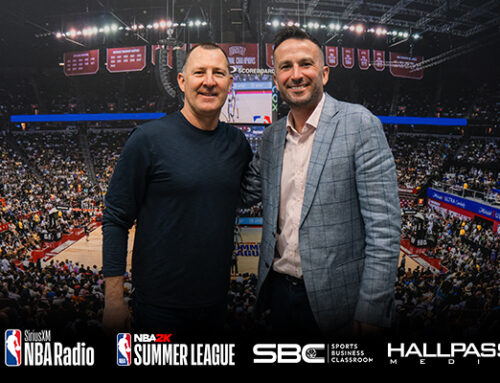By Jake Kelfer
Hey hey! Imagine getting hundreds of emails with the subject line – Payment Received… You’d feel pretty great, right? Now, imagine getting 5 times the amount of emails with the same subject line. You’d be feeling really great. The only thing that changed from the first to the second scenario is in the second more people opened your email
My name is Jake Kelfer and I focus on marketing and business development here at HallPass Media. In today’s age, it’s vital for you and your business to invest in email marketing. It’s not enough to just send an email and hope for the best. With increasing competition for inbox attention, it’s your job to make sure you are finding creative ways to get people to open your emails and that’s what we’re going to dive into today.
According to Campaign Monitor, only 17.92% of email campaigns are opened which means less than 1 in 5 people are reading your campaigns and these are people who have subscribed to you. If you are anything like me, you invest a lot of energy, time, and effort into creating your emails and providing value to your audience. If you’re also like me, you don’t want to just produce average results for your business or clients; you want to produce extraordinary results.
So here are three strategies you can implement to boost your open rates on your next email campaign:
Strategy #1: Create Intrigue and Curiosity in Your Subject Line
The first thing people see when an email comes in is who it’s from and the subject line. If you’re subject line is boring, that email will end up in the trash quicker than you can shout WAAAAAIT!!!!
On the flip side, if your subject line is intriguing, your list will have no choice but to open the email. Their curiosity will get the best of them and a few minutes later, they’ll be taking whatever action you recommended they take.
When creating a subject line it’s great to mix it up by adding percentages, numbers, or special characters. The key thing to focus on is what would be interesting enough to get you to open someone’s email campaign.
Strategy #2: Segment Your List
We’ve run campaigns that consistently produce over 80% open rates for some of our clients. While it may take some time on the backend, it’s always best to have your lists segmented into certain categories.
The key here to leverage the versatility of your email marketing service and have everything automated in advance so once someone opts in, they are put in a specific bucket segmented by interests or behavior. Every opt-in you have should be directly correlated with the list you want that person to be associated for you.
You can segment your list in a lot of ways, but we recommend that you figure out what works best for you based on your objectives. If you are selling a certain service, maybe have a group that is potential buyers and a group of previous buyers so you can create custom messaging to each group.
Strategy #3: Write as if You Are Speaking to One Person
Writing an email is similar to talking to a group of people. The more personal you can make it feel the more likely that person is to have an emotional connection with you. People want to feel that they’re special, so by writing to one person versus the group, you can make that person feel more special than your competitors.
A few ways you can do this is by including your subscriber’s first name in the subject line or using their name in the body of your email. Let them know that you “see” them.
I heard this quote from the sales guru Dean Graziosi at a conference, “People will buy if they feel understood not if they understand you,” which means that it’s our duty to speak directly to the person we are sending our emails to. We all want to have more sales, more customers, more revenues, but in order to do this, we have to focus on creating emails that get one person to believe in what we are offering.
We’re just scratching the surface of the vast world of email marketing and I hope this post gets you excited about the possibilities of your next email campaign. If you enjoyed this video, let us know what you think in the comments below. Let us know how these strategies helped you and what the results were.
Written by:






